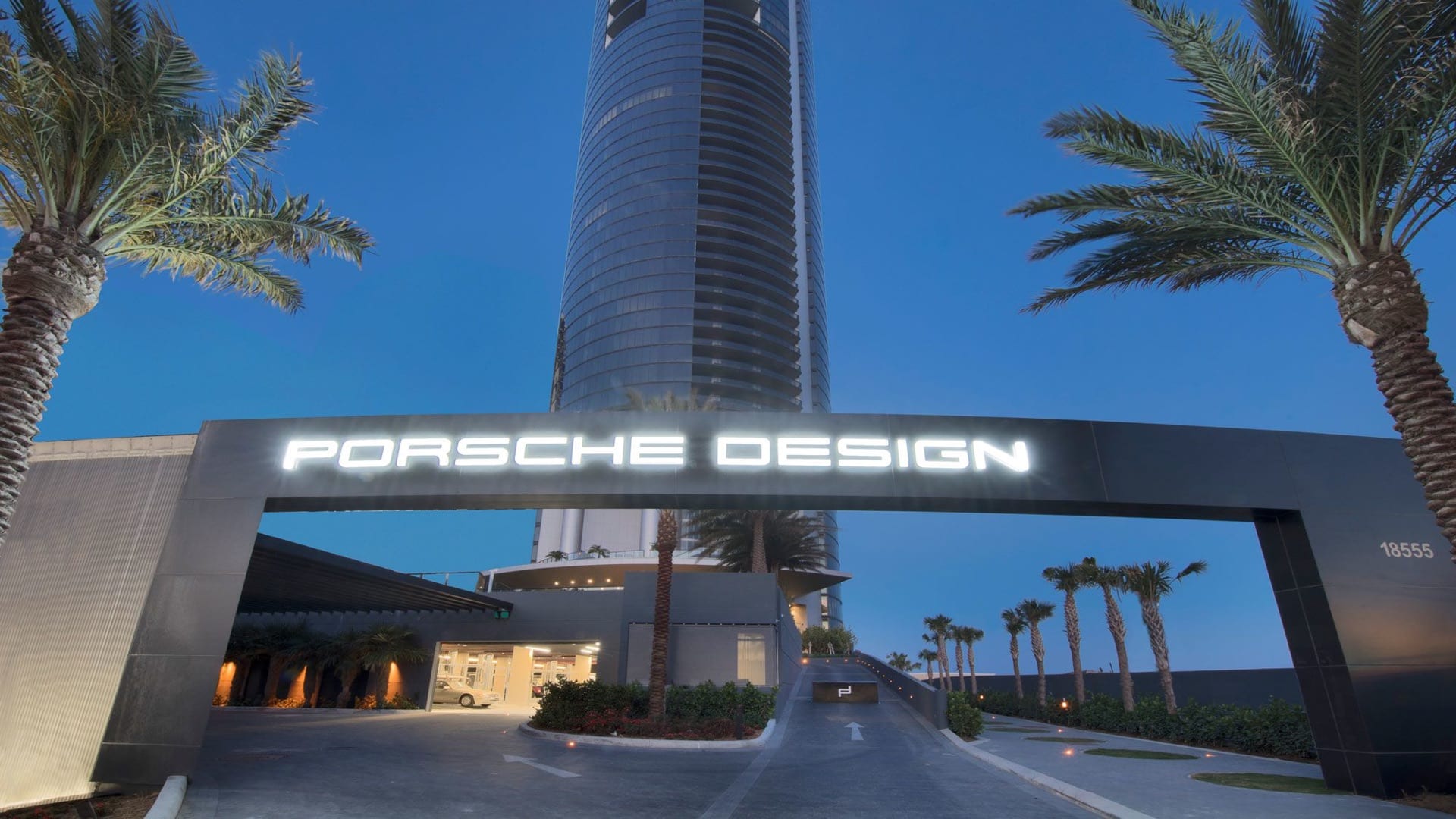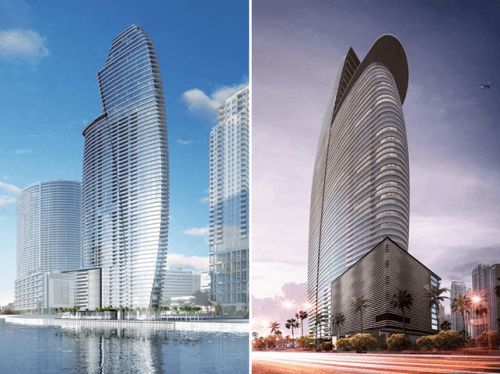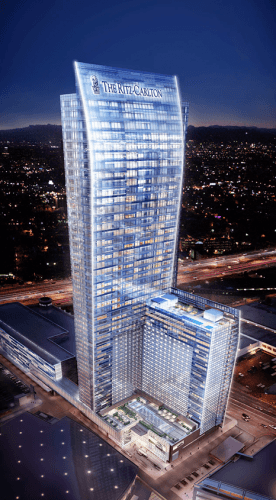
Residential buildings affiliated with popular brands have been around for quite some time. In today’s globalized market, however, they are seeing exponential growth, as wealthy individuals are looking for second homes. Today there are over 400 branded residences across the globe, accounting for over 55,000 units. The US is the largest market for branded residences, currently accounting for 32 percent of the global stock. This percentage is set to decrease, however, as the United Arab Emirates, Mexico, Indonesia and China all have significant development pipelines (Research, Savills World, 2018).
Of the few players who are in the market, hotel companies account for the majority— 85 percent— of the market. Marriott is by far the largest player in this sector, with a 31 percent market share. The company currently has 60 new residential projects in the pipeline. Recently, Marriott announced that it is planning to build 1,700 new hotels worldwide (Ting, 2019). Undoubtedly many of these properties will have residential components as Marriott is looking to grow 70 percent in this space (Hotel Business, 2018).

Non-hotel brands are also getting into the market. Luxury car brands and fashion houses have currently used their brands in recent development projects. Both Porsche and Aston Martin have teamed up with local developers to create high-rise residential towers in Miami. At the same time, Armani also has a residential tower planned for Miami to add to its Armani Residence in Dubai at the base of the Burj Khalifa. Currently, the largest non-hotelier in the market is the British design firm YOO, with over 50 projects globally (Research, Savills World, 2018).
How do branded residences work and what are the advantages?
At their core, branded residences are partnerships between a developer and pa articular brand. Under this partnership, the brand grants the developer a license to use its brand on the property. The developer subsequently pays the brand fees for using its brand. The average marketing license fees are around 2 to 5 percent of gross income. Property owners are also required to pay management fees for having the brand on their properties. These fees become a tradeoff for both the developer and unit owners as branded residences have been known to sell at an average 31 percent premium over non-branded residences (Tostevin, 2018). These units can also be rented out by owners at a significant premium. In some emerging markets, the prestige associated with certain brands can lead to even higher cost premiums than in more mature markets.

Branded residences typically appeal to wealthy individuals who are looking for second homes. These residences typically come in four types. Co-located residences are on the same site as a hotel and may share some common areas and amenities. Condo hotel residences are units located within an actual hotel. Standalone hotel residences are often located in close proximity to a similarly branded hotel in a city but are completely separate from that property. Non-hotel residences are often standalone properties that are associated with a non-hotel luxury brand. Regardless of the scheme, a branded residence appeals to a wealthy crowd who may not have the time to dedicate to looking for a secondary property. These branded residences instill confidence in buyers as they know the property they are investing in will have a certain level of quality to which they are accustomed.
The Future of Branded Residences
Branded residences are growing substantially, and it is likely that these residences will have the most impact in emerging markets that lack robust residential property offerings. Experience will also become a major factor in the success of these properties. Some properties are already implementing various experiences in order to differentiate their products, such as offering celebrity-chef restaurants, bars, and nightclubs, and focusing on health and wellness.
New brands could enter the market as well. The market may be ripe for fashion brands that have the ability to associate a property with an established design aesthetic. Such properties could also appeal to the “nouveau riche” who want to associate themselves with prestige and wealth. It is likely that we will see further growth for branded residences in the near future.
Works Cited
Hotel Business. (2018, September 5). Marriott to Expand Branded Residences by More Than 70% by 2022. Retrieved from Hotel Business: https://www.hotelbusiness.com/marriott-international-plans-to-expand-branded-residences-by-more-than-70-by-2022/
Research, Savills World. (2018). Brand Residences: Sector Overview.Retrieved from Savill.co.uk: https://pdf.euro.savills.co.uk/global-research/spotlight—branded-residences—2018.pdf
Ting, D. (2019, March 18). How Marriott Plans to Supercharge Growth Starting With 1,700 New Hotels in 3 Years. Retrieved from Skift: https://skift.com/2019/03/18/how-marriott-plans-to-supercharge-growth-starting-with-1700-new-hotels-in-3-years/
Tostevin, P. (2018, September 27). The Branded Rresidence Price Premium. Retrieved from Savills: https://www.savills.co.uk/research_articles/229130/267026-0
